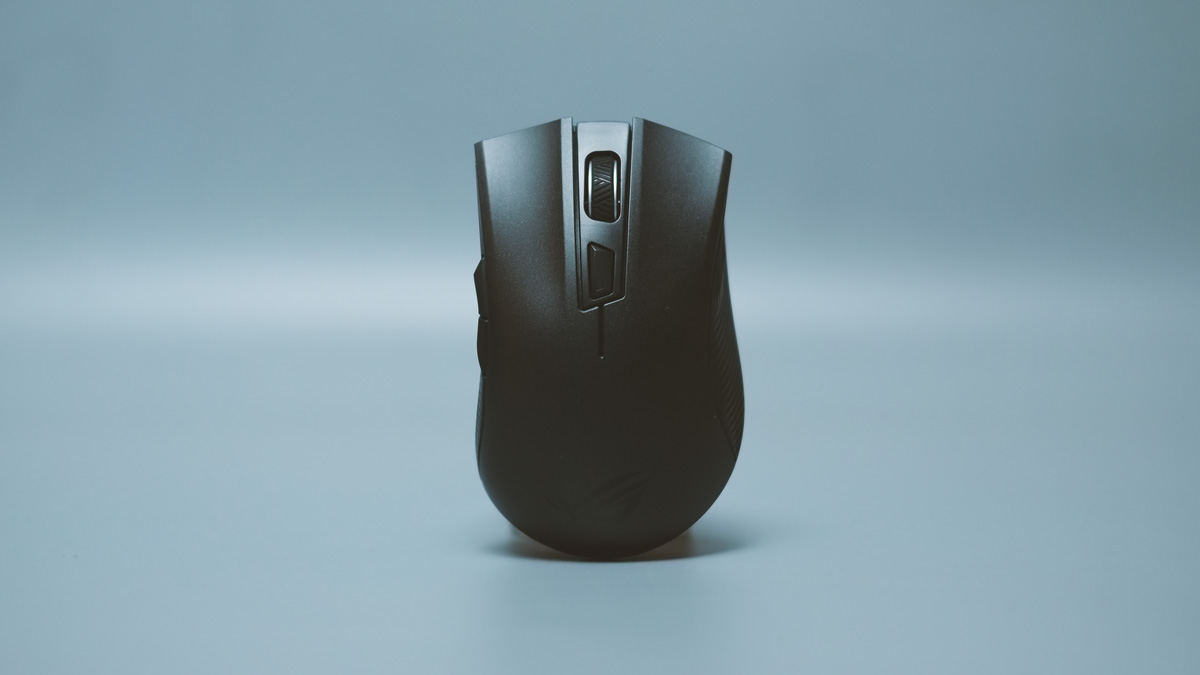Looking for a compact gaming mouse with no strings attached? The ASUS ROG Strix Carry is a candidate – featuring the venerable PMW3330 sensor with a friendly price tag of 3,250 Pesos.
The Strix Carry is a small standard gaming mouse. It is not ambidextrous, no RGB lighting option and is powered by dual AA batteries. That makes it one, if not the most basic ROG devices out there.
Table of Contents:
- 1 Technical Specifications
- 2 Packaging and Accessories
- 3 Design, Layout and Build Quality
- 4 Test Setup and Methodology
- 5 Physical Layout, Functionality and Ergonomics
- 6 DPI Range and Accuracy
- 7 Polling Rate Range and Performance
- 8 Sensor Quality and Performance
- 9 Software, Lighting and Special Features
- 10 Final Thoughts
Technical Specifications
| Mouse | |
| Size | Small-Medium |
| Layout | Right-handed |
| Design | Standard |
| Macro | Yes |
| Profile | Yes |
| Software | Yes |
| Interface | RF 2.4GHz, BLE BT5.0 |
| Polling Rate | 125-1000Hz |
| Lighting | No |
| Switch | OMRON D2FC-F-K, OMRON D2F-O1F |
| Buttons | 6 |
| Cable Length | 2m |
| Sensor | |
| Type | Optical, PMW3330 |
| DPI | 50-7200 DPI |
| Acceleration | 30G |
| Dimensions | |
| Length | 101mm |
| Width | 62mm |
| Height | 36mm |
| Weight | 72.9g |
Packaging and Accessories
ASUS had the Strix Carry Wireless tightly packed inside a smaller and simpler than usual ROG packaging – which is a first. The product should come with the following items inside:
- 2x AA batteries
- USB dongle
- ROG Travel Pouch
- 2x Japanese-made Omron switches
- ROG Switch Tweezer
- ROG logo sticker
- User document
Design, Layout and Build Quality
Dinky, yet stylish is what the ASUS ROG Strix Carry Wireless is all about. Certainly not your typical small to medium mouse with a sculpted right-handed design. Weighing in at 72.9 grams, this is the lightest mouse we’ve reviewed as far as dry weight is concerned.
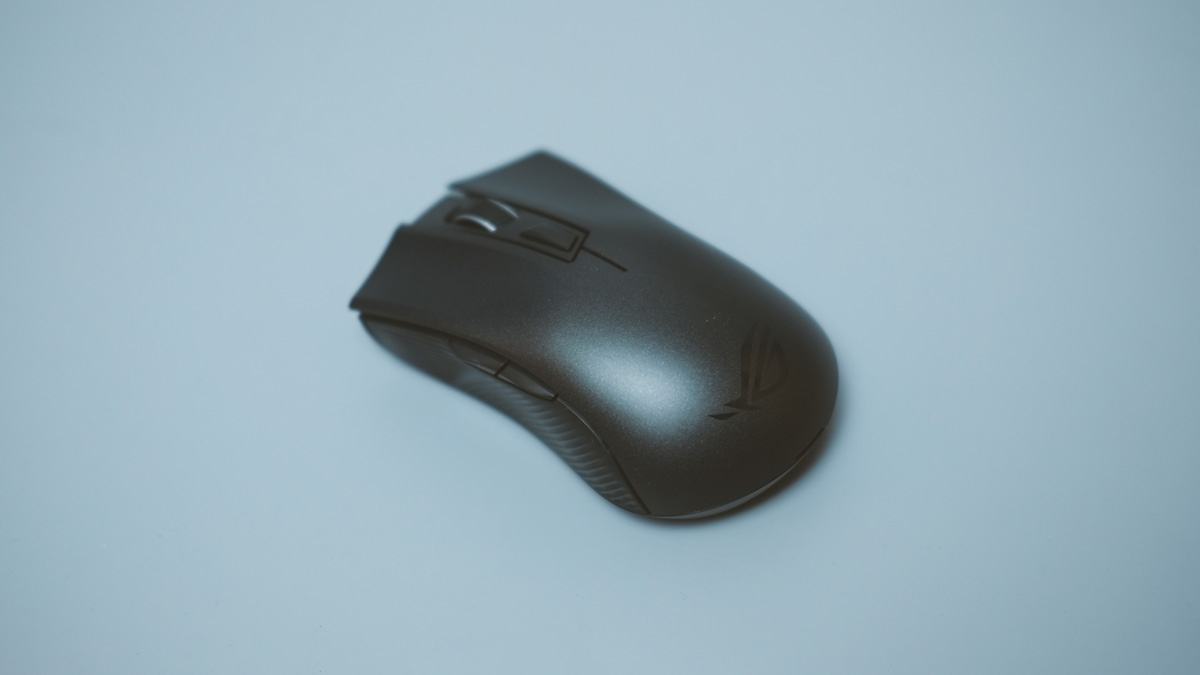
Buttons totals at 6 – which is a staple these days for a proper gaming mouse. They feel nice, especially the swap-able Blue OMRON switches (D2FC-F-K) for the main buttons.
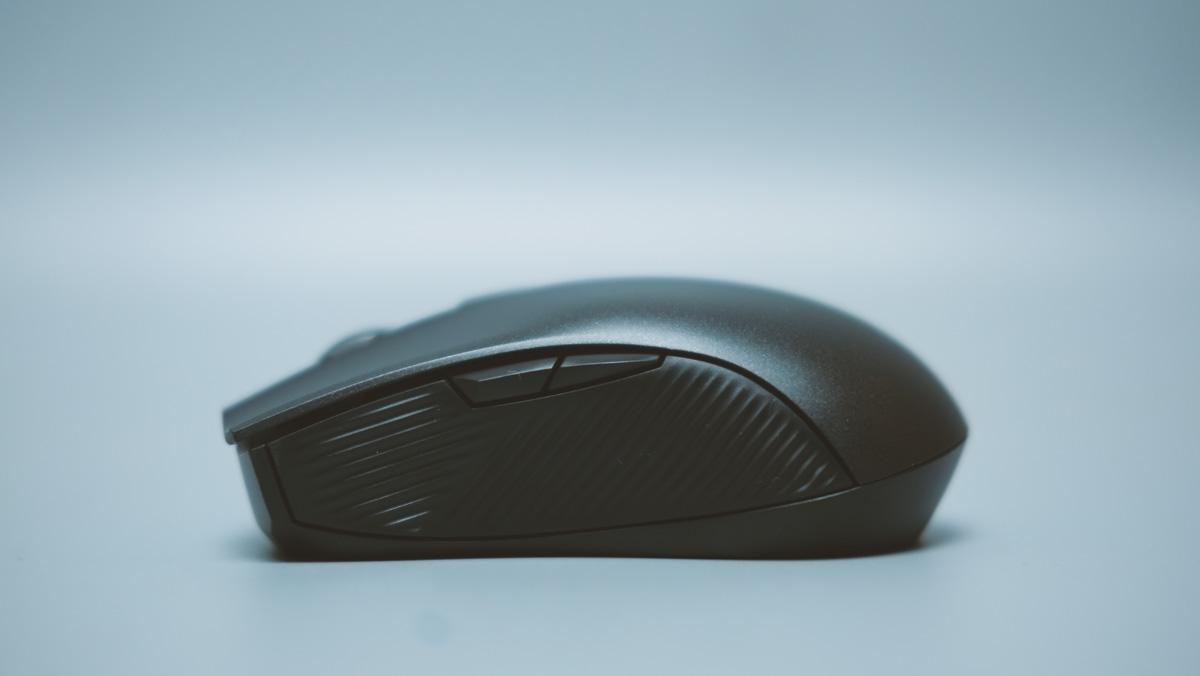
ASUS opted for a clean grip design with the Strix Carry – following the ROG Chakram’s footsteps. My only concern here are the diagonal serrations. Not the best orientation when things gets sweaty, especially around the pinky area.
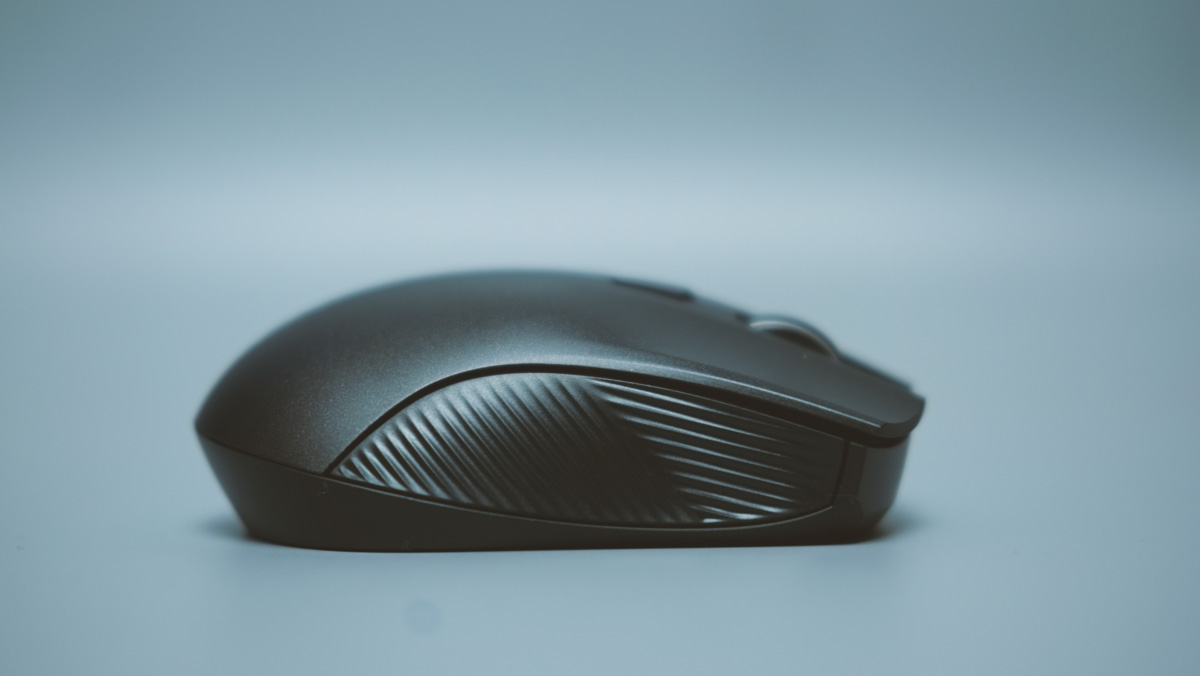
Top mouse shell is made out of a single piece construct that is easy to remove due to its magnetic design. The Strix Carry is just oozing with similarity with the Logitech G603’s design. Scroll wheel on the other hand is your standard step-wheel and middle mouse button hybrid.
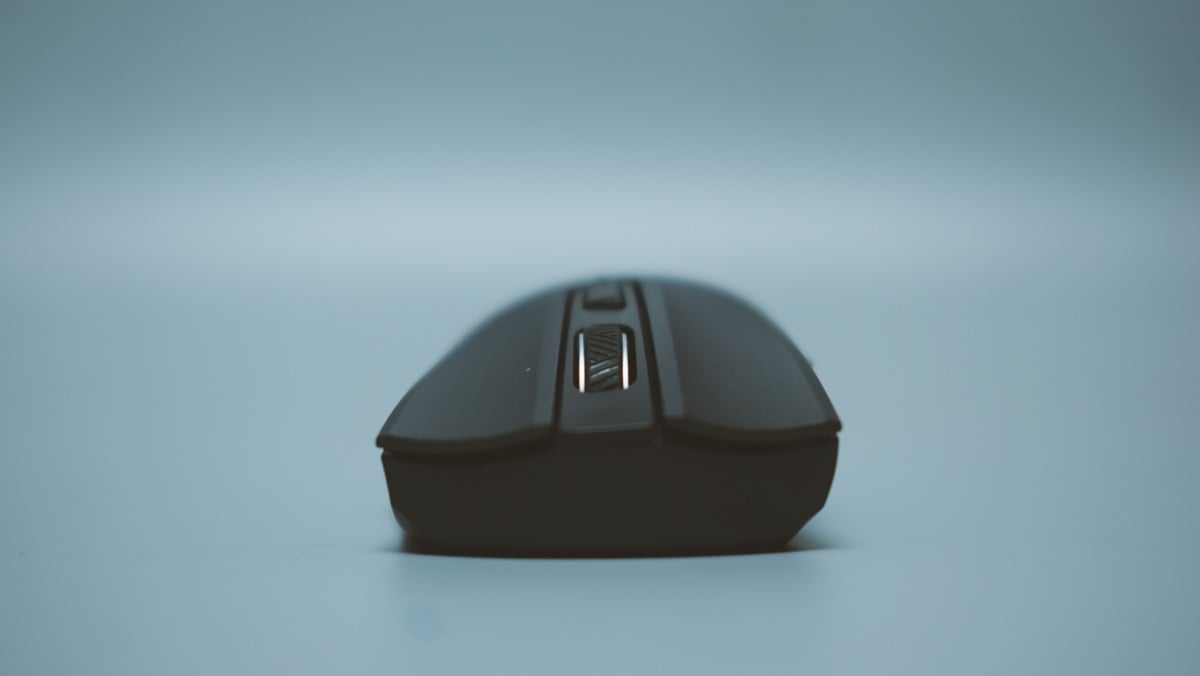
Lucky for us DIY folks, the skates used for the Strix Carry are four easy to replace PTFE gliders. The switch for RF and Bluetooth mode is also located on this area. I don’t understand why the switch design doesn’t emulate the Chakram’s though. I felt like I’m butchering the switch every time I need to use RF mode.
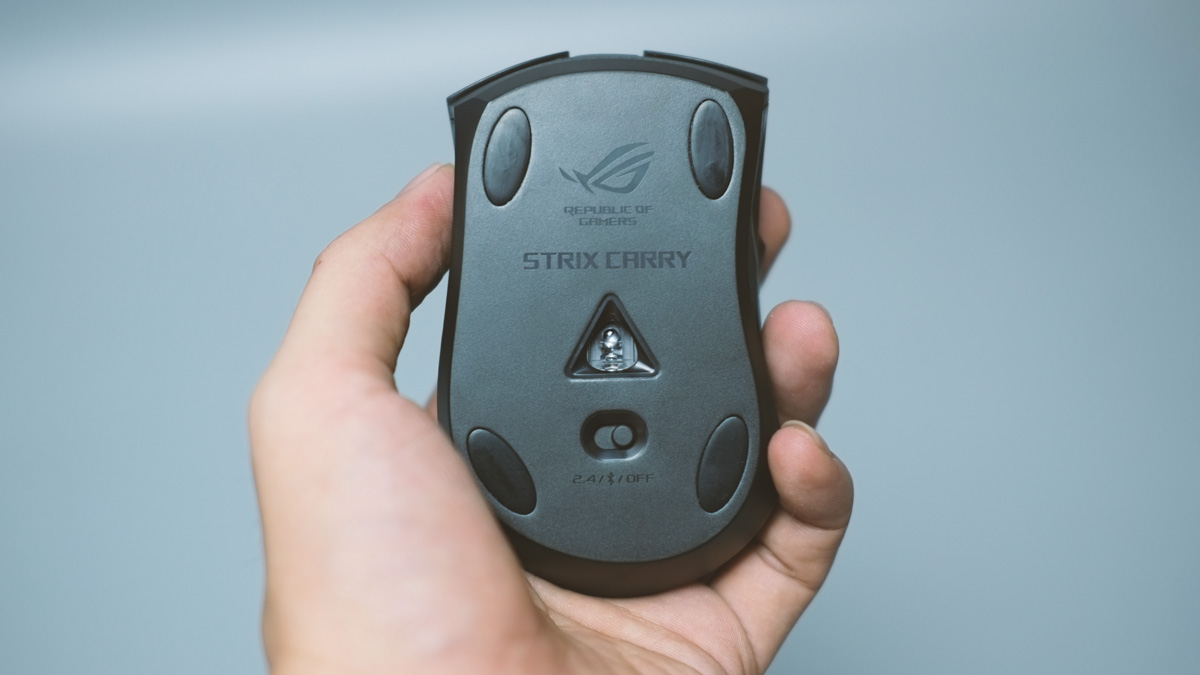
Since the ROG Strix Carry is powered by dual AA batteries, it doesn’t have a cable input. Perhaps in the near future, we’ll see one with a lithium battery inside. Perhaps.
Test Setup and Methodology
Testing a gaming mouse is not that difficult, but it is mostly subjective; similar to testing head gears in a sense. That said, no mouse is perfect and the verdict usually depends on personal preferences. With that in mind, we are overhauling our testing methodology by following key pointers that should matter the most. To keep our test methodology simple and free of extra variables, please note the following software and configurations used for the review.
| Test Setup | |
| Pointer Speed | 6/11, EPP Disabled |
| Sensitivity | 800 DPI |
| Polling Rate | 1000Hz |
| Software | MouseTester V1.5.3 |
Physical Layout, Functionality and Ergonomics
Your grip and aiming style are important things to consider when looking for a mouse. There are three basic types of grips here; the palm, claw and fingertip grip. Fingertip grip is generally preferred when aiming with the wrist, while palm grip is the choice when aiming with the arm. Claw grip is middle ground options for both aiming styles. Of course, you could go with a hybrid of any grip types and aiming styles if the combination suits you best.
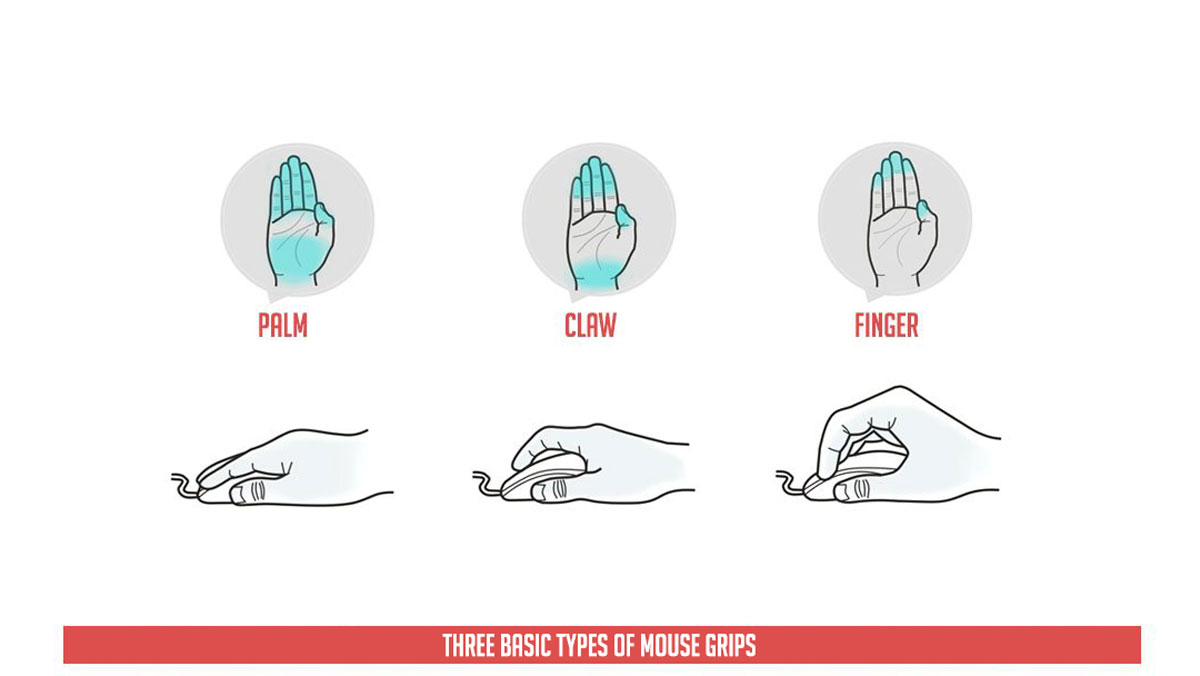
Your hand size also influences what mouse you should buy on top of your grip and aiming style. For an instance, my hands measures at 76.2mm (3″) in width. This puts my hands on the medium size category. My style is finger-tip grip, so I would generally look for a mouse with a small to medium foot print.
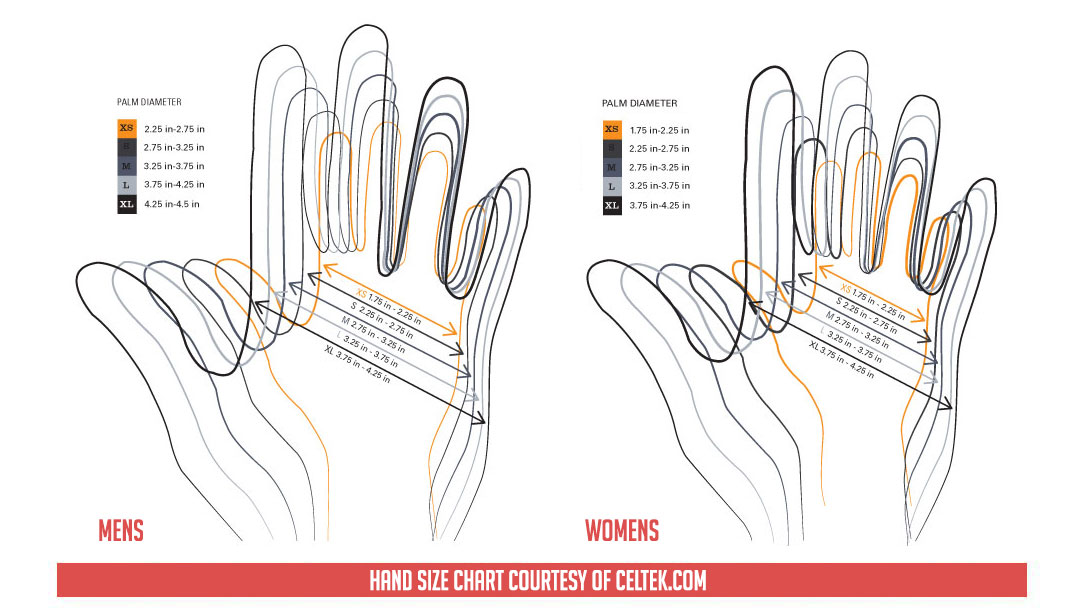
The ASUS ROG Strix Carry feature a length of roughly 101mm (3.9″) and a grip area at around 62mm (2.4″). The highest point of the shell is at 36mm (1.4″) with a gradual curvature.
| Product | Length (mm) | Width (mm) | Height (mm) | Weight (g) |
|---|---|---|---|---|
| ASUS ROG Strix Carry | 101 | 62 | 36 | 72.9 |
| ASUS ROG Chakram | 132.7 | 76.6 | 42.8 | 121.6 |
| Galax Xanova Mensa Pro | 115 | 168 | 39 | 126 |
| ASUS ROG Gladius II Wireless | 126 | 67 | 45 | 130 |
| ASUS ROG Strix Evolve | 125 | 65 | 41 | 100 |
| Thermaltake Nemesis Switch | 111 | 88.5 | 38.9 | 112 |
| ADATA XPG Infarex M20 | 132 | 69 | 43.5 | 160 |
| HyperX Pulsefire FPS | 127.6 | 71.1 | 41.9 | 95 |
| Logitech G603 | 124 | 68 | 43 | 88.9 |
Now the weight is something I’d like to discuss further here. 72.9g is all good, but that is dry weight. Adding the included dual AA alkaline batteries makes it 119g and SURPRISE, you cannot use it with a single battery. This is perhaps my main issue with the mouse so the only option to save weight is to use AAA batteries with foils or adapters to bring it around the 90g mark.
| Product | Palm | Claw | Finger |
| ASUS ROG Strix Carry | SM | SM | SM |
| ASUS ROG Chakram | ML | ML | ML |
| Galax Xanova Mensa Pro | SML | SML | SML |
| ASUS ROG Gladius II Wireless | SML | SML | SML |
| ASUS ROG Strix Evolve | SML | SML | SML |
| Thermaltake Nemesis Switch | ML | ML | ML |
| ADATA XPG Infarex M20 | ML | ML | ML |
| HyperX Pulsefire FPS | ML | ML | ML |
| Logitech G603 | SML | SML | SML |
The mouse is perfectly suitable for the basic grip styles – as long as you have a small to medium hand size. Gamers with larger hands will find it difficult to use the mouse so measure those appendages.
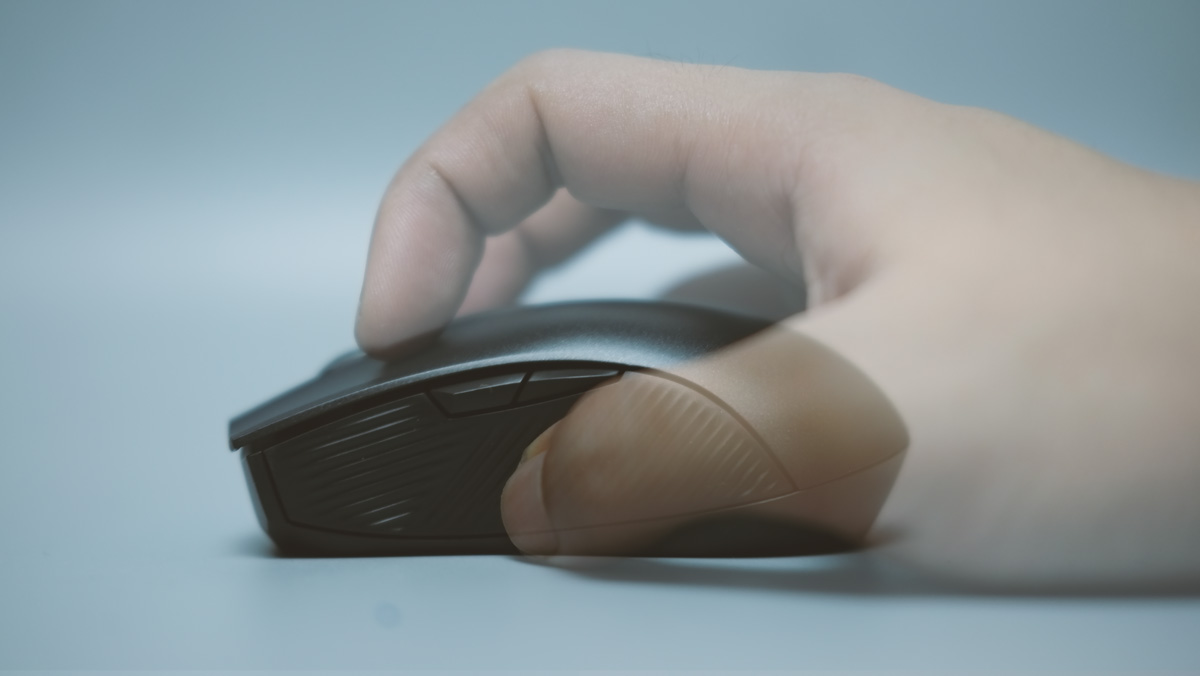
Functionality wise, the mouse comes with 6 buttons – all programmable with macro, shortcuts and bindings via the software. As for connectivity, you have the option to go low power mode via BLE BT5.0 with an estimated battery life of 400+ hours according to ASUS. Going RF 2.4GHz will net you 300+ hours of play time – again, according to ASUS. I have yet to deplete the batteries so I will update this review once I did.
DPI Range and Accuracy
DPI accuracy is checked with the MouseTester V1.5.3 while the mouse is rigged on a camera slider with a DPI level of 800 DPI. Anything under 3% is considered accurate.
| Product | Min DPI | Max DPI | DPI Accuracy |
|---|---|---|---|
| ASUS ROG Strix Carry | 50 | 7200 | 1.2% |
| ASUS ROG Chakram | 100 | 16000 | 1.6% |
| Galax Xanova Mensa Pro | 50 | 16000 | 1.4% |
| ASUS ROG Gladius II Wireless | 100 | 16000 | 1.5% |
| ASUS ROG Strix Evolve | 50 | 7200 | 1.5% |
| Thermaltake Nemesis Switch | 400 | 12000 | 1.1% |
| ADATA XPG Infarex M20 | 400 | 5000 | 1.1% |
| HyperX Pulsefire FPS | 200 | 16000 | 1.1% |
| Logitech G603 | 200 | 12000 | 1.6% |
Actual DPI level is within the norm which is nice. As for the range, the mouse has a minimum of 50 and a max of 7200 DPI. Steps or increments are in 50s.
Polling Rate Range and Performance
Polling Rate of the device is evaluated with the MouseTester V1.5.3 at the 800 DPI level. This is to check the average update rate performance at 1000Hz if possible.
| Product | Min Polling (Hz) | Max Polling (Hz) | Performance |
|---|---|---|---|
| ASUS ROG Strix Carry | 125 | 1000 | Decent |
| ASUS ROG Chakram | 125 | 1000 | Decent |
| Galax Xanova Mensa Pro | 125 | 1000 | Great |
| ASUS ROG Gladius II Wireless | 125 | 1000 | Good |
| ASUS ROG Strix Evolve | 125 | 1000 | Decent |
| Thermaltake Nemesis Switch | 125 | 2000 | Decent |
| ADATA XPG Infarex M20 | 125 | 1000 | Decent |
| HyperX Pulsefire FPS | 1000 | 1000 | Great |
| Logitech G603 | 125 | 1000 | Great |
Polling rate averages at 1050Hz with RF mode with dips as low as 850Hz but not as erratic as the Strix Evolve. Bluetooth mode however maxes out at 125Hz. Stay away from it unless you really want to save battery life.
Sensor Quality and Performance
With a sensitivity of 800 DPI, the sensor is also checked with the MouseTester V1.5.3. Our aim is to check out the sensor’s performance – to look for reporting inconsistencies such as smoothing and unintended acceleration. The sensor quality is also taken into account based on its specifications and the general public opinion.
| Product | Sensor | IPS/G | LOD (mm) | Performance |
|---|---|---|---|---|
| ASUS ROG Strix Carry | PMW3330 | 150/30 | 1.2 | Great |
| ASUS ROG Chakram | PWM3360 | 400/40 | 1.2 | Decent |
| Galax Xanova Mensa Pro | PMW3389 | 400/50 | 1.2 | Great |
| ASUS ROG Gladius II Wireless | PMW3389 | 400/50 | 1.2 | Great |
| ASUS ROG Strix Evolve | PMW3330 | 150/30 | 1 | Great |
| Thermaltake Nemesis Switch | PWM3360 | 250/40 | 1 | Good |
| ADATA XPG Infarex M20 | PMW3325 | 100/20 | 1.2 | Excellent |
| HyperX Pulsefire FPS | PWM3310 | 130/20 | 1.2 | Great |
| Logitech G603 | HERO | 400/40 | 1.2 | Great |
Sensor performance is on par with the ASUS ROG Strix Evolve. No surprise here, since they share the same PWM3330 sensor. They do not however share the same LOD value with a measured 1.2mm of distance from the Strix Carry.
Software, Lighting and Special Features
The ASUS ROG Strix Carry comes with support for the ASUS Armoury II and Armoury Crate software. The latter is an all-in-one software solution for supported ASUS devices. Now there are 5 sub menus here for the Carry, starting with the Buttons menu. This one allows you to create macros, swap buttons and bind keyboard buttons, windows function plus application shortcuts.
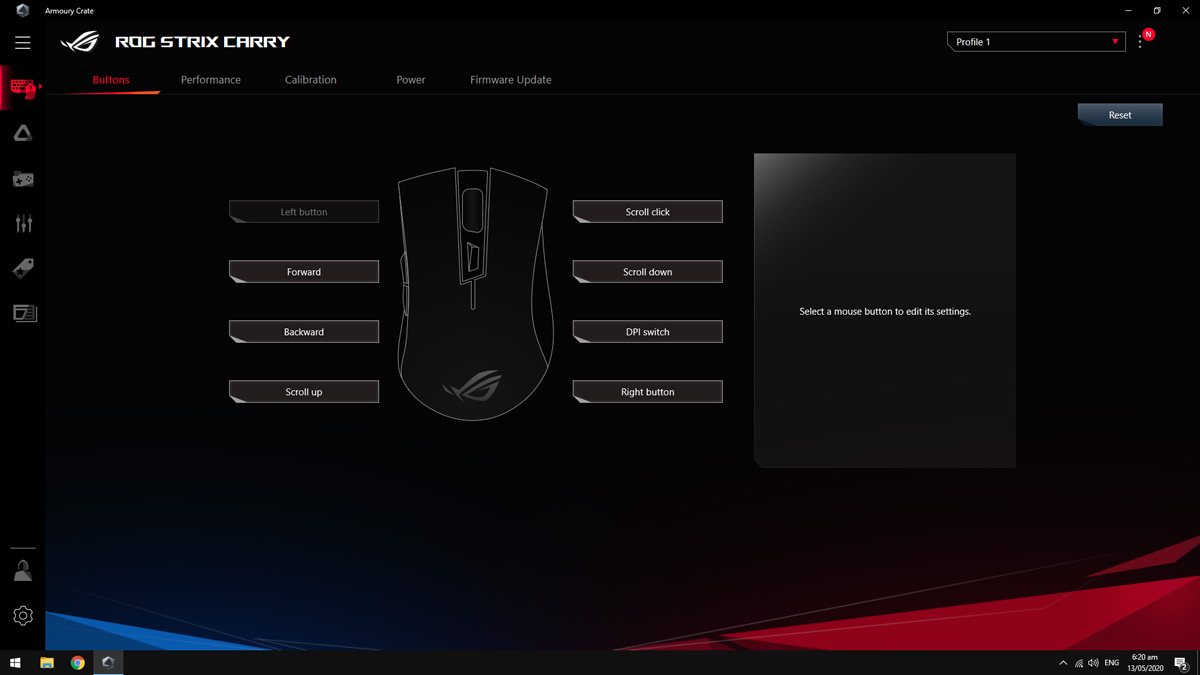
Performance is where you could change the DPI presets (default at 400 and 1600) along with the polling rate (default at 500Hz), button response and angle snapping.
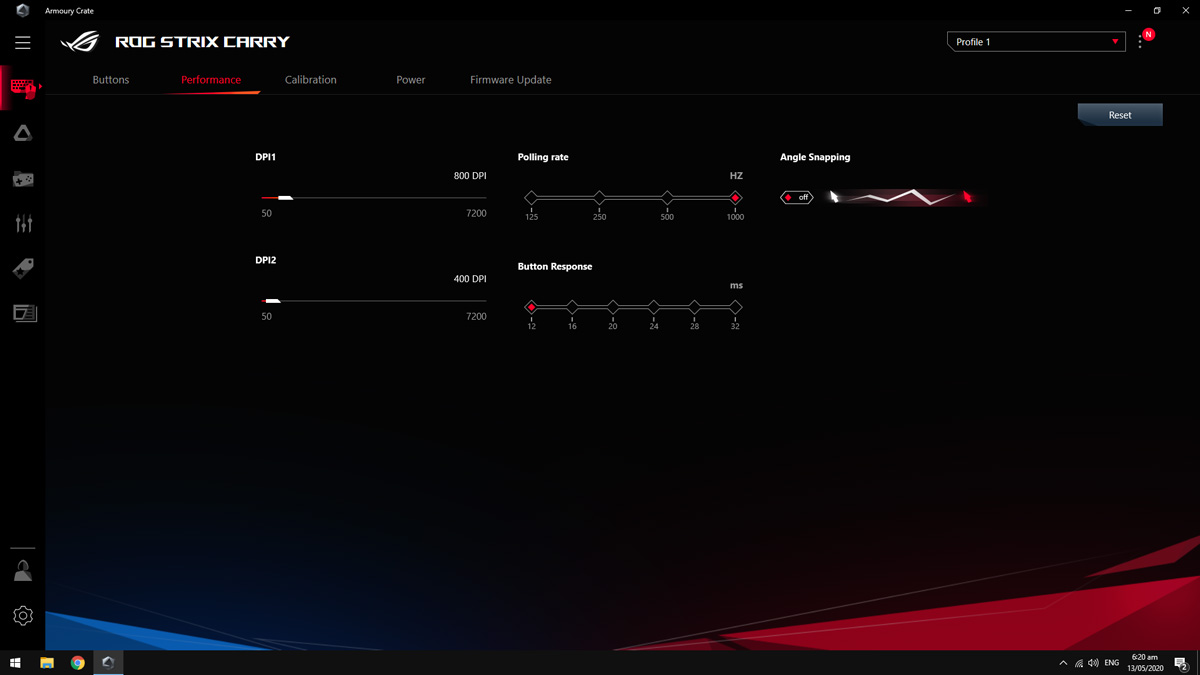
If you are looking for the LOD, it is located on the Calibration menu. You may use presets here for ASUS devices and of course, manually calibrate the Carry to your surface as well.
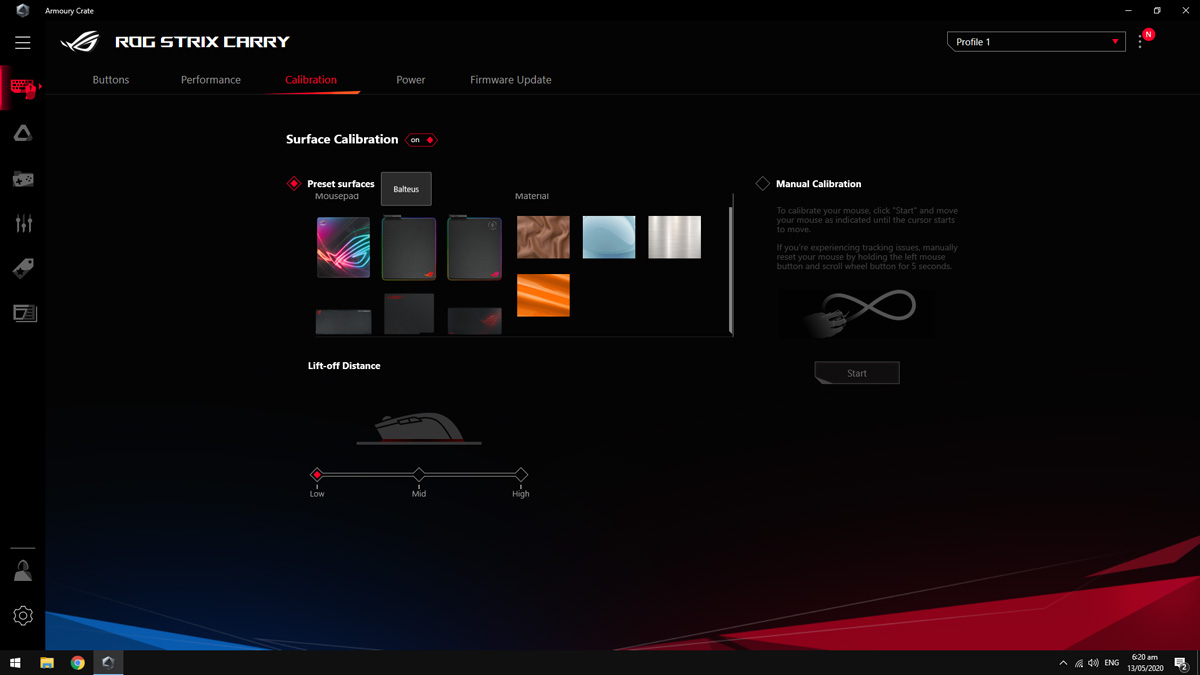
Power is where you could check your device’s battery capacity. You may even set the sleep mode here. 3 minutes works best for my usage.
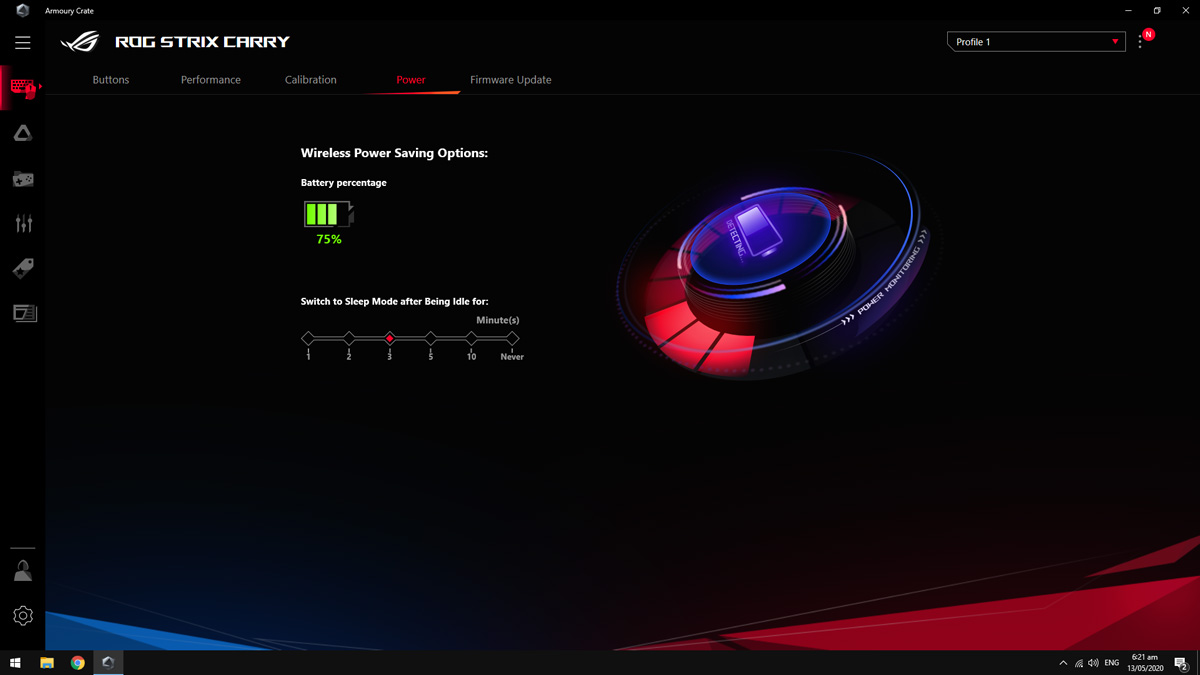
While the lack of RGB may infuriate some, we praise ASUS for going simple with the Carry. The lack of lighting means there’s less parts to break and battery life would be better off without it.
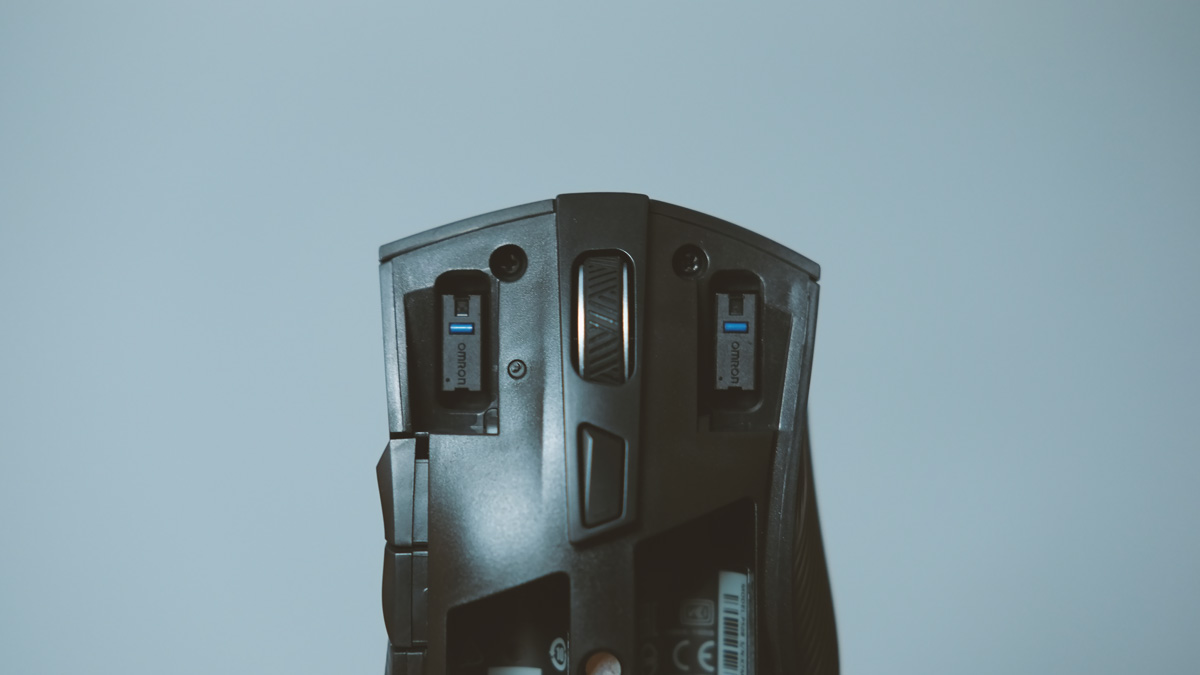
In exchange, we’ve got removable OMRON switches and dual AA battery support. We like the OMRON gray (D2F-O1F) more than the blue (D2FC-F-K) since it feels more tactile with a higher yet still manageable force required to operate.
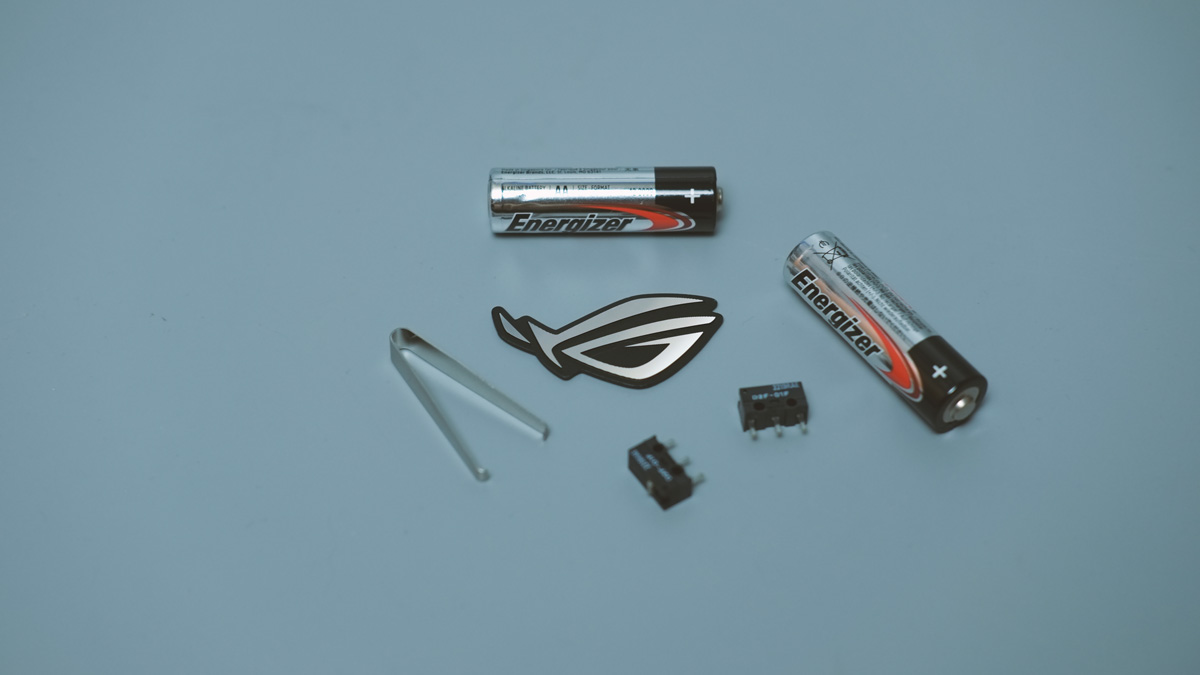
Along with the tweezer, batteries, extra switches and a case badge, ASUS also included a carrying pouch. A nice must have for travelling gamers.
Final Thoughts
Designed for gamers with compact yet performance oriented mouse in mind, the ROG Strix Carry perfectly fits the bill – with a few extras attached. That includes basic grip style support for small to medium hand sizes and a decent 119 gram wet weight that could be improved upon with some tweaks.
Performance wise, the PWM3330 sensor packs a serious punch. ASUS even managed to implement it better here compared to the Strix Evolve. I must say the Carry is competitive gaming ready out of the box.
We also like the removable OMRON switches – which means easier maintenance work should issues arise. I just shelved my G305 due to this, since the hours required to disassemble and solder its parts could be allocated for more quality game time.
Priced at around 3,250 Pesos or about $65 USD internationally, the ASUS ROG Strix Carry is one, if not the most inexpensive ROG products you could buy right now. That’s with performance, ergonomics and reliability in mind.

ASUS ROG Strix Carry
-
Performance - 8.5/10
8.5/10
-
Build Quality - 8.5/10
8.5/10
-
Features - 8.5/10
8.5/10
-
Design - 8/10
8/10
-
Value - 9/10
9/10
Summary
Designed for gamers with compact yet performance oriented mouse in mind, the ROG Strix Carry perfectly fits the bill – with a few extras attached. That includes basic grip style support for small to medium hand sizes and a decent 119 gram wet weight that could be improved upon with some tweaks.
Pros
- Compact travel friendly design
- Ergonomic design
- Grip style support
- Dual wireless mode
- Removable switches
- Good value for money
- Battery life (TBA)
Cons
- Requires dual AA batteries to operate
- Wet weight could be better
- Rubber grip design
- On/off switch design

